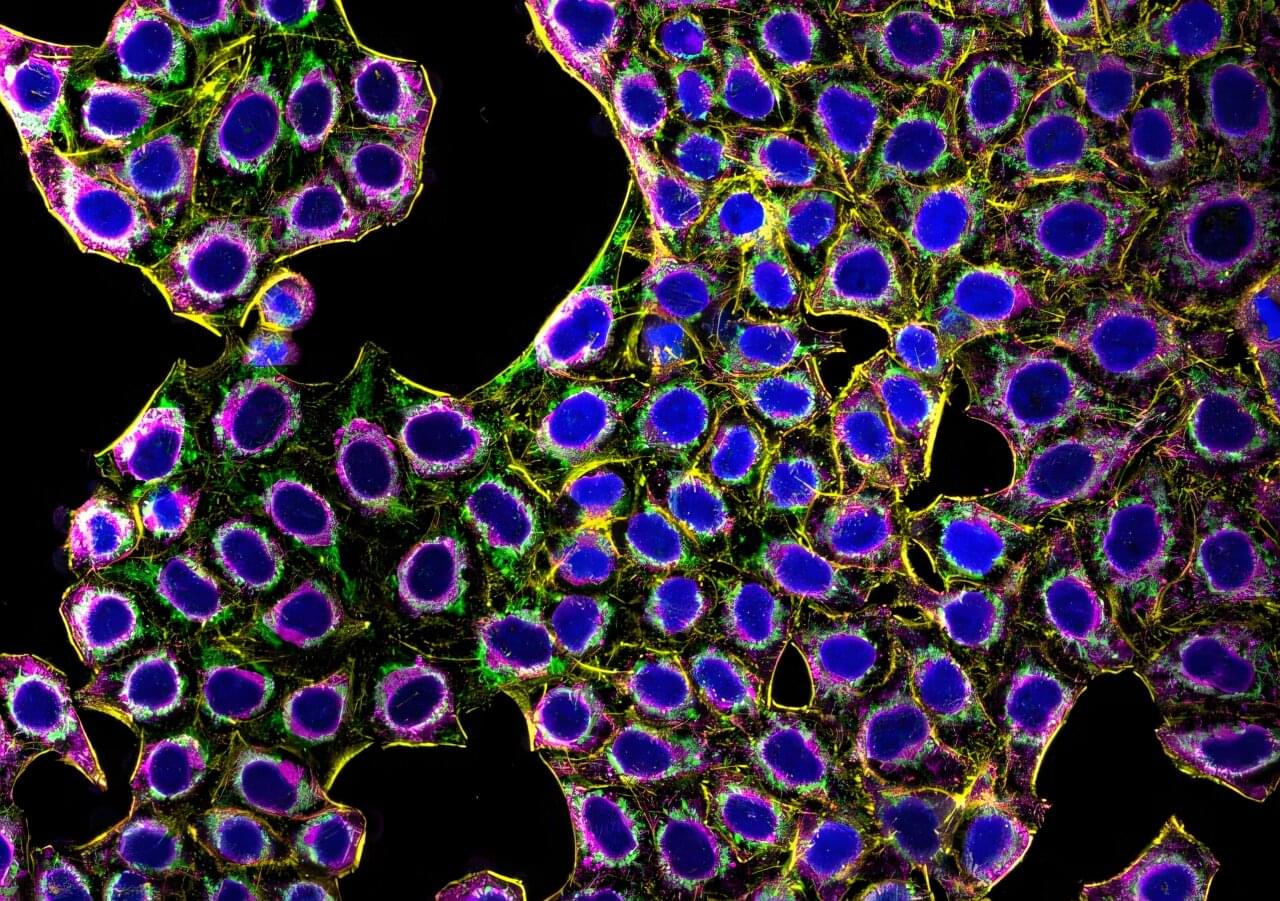Yale physicists have uncovered a sophisticated and previously unknown set of “modes” within the human ear, which impose crucial constraints on how the ear amplifies faint sounds, withstands loud noises, and distinguishes an astonishing range of sound frequencies.
By applying existing mathematical models to a generic mock-up of the cochlea—a spiral-shaped organ in the inner ear—the researchers revealed an additional layer of cochlear complexity. Their findings provide new insights into the remarkable capacity and precision of human hearing.
“We set out to understand how the ear can tune itself to detect faint sounds without becoming unstable and responding even in the absence of external sounds,” said Benjamin Machta, an assistant professor of physics in Yale’s Faculty of Arts and Science and co-senior author of a new study in the journal PRX Life. “But in getting to the bottom of this we stumbled onto a new set of low frequency mechanical modes that the cochlea likely supports.”








